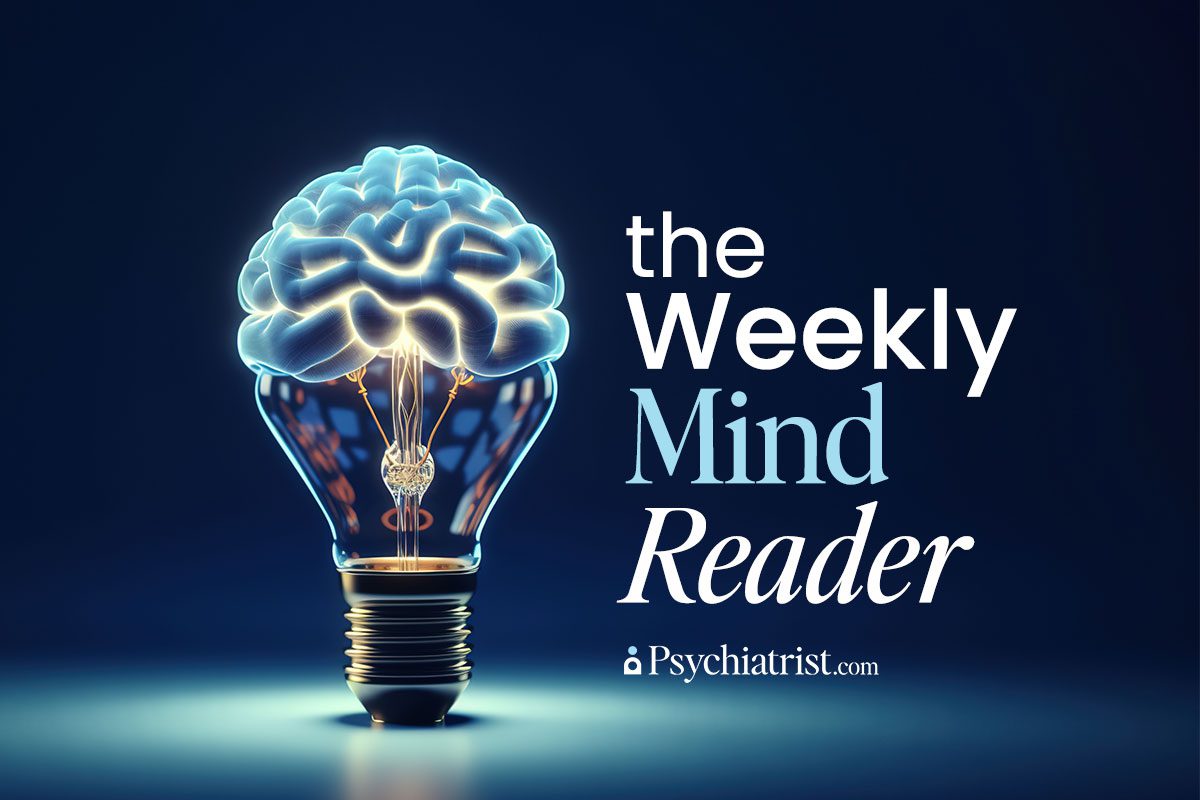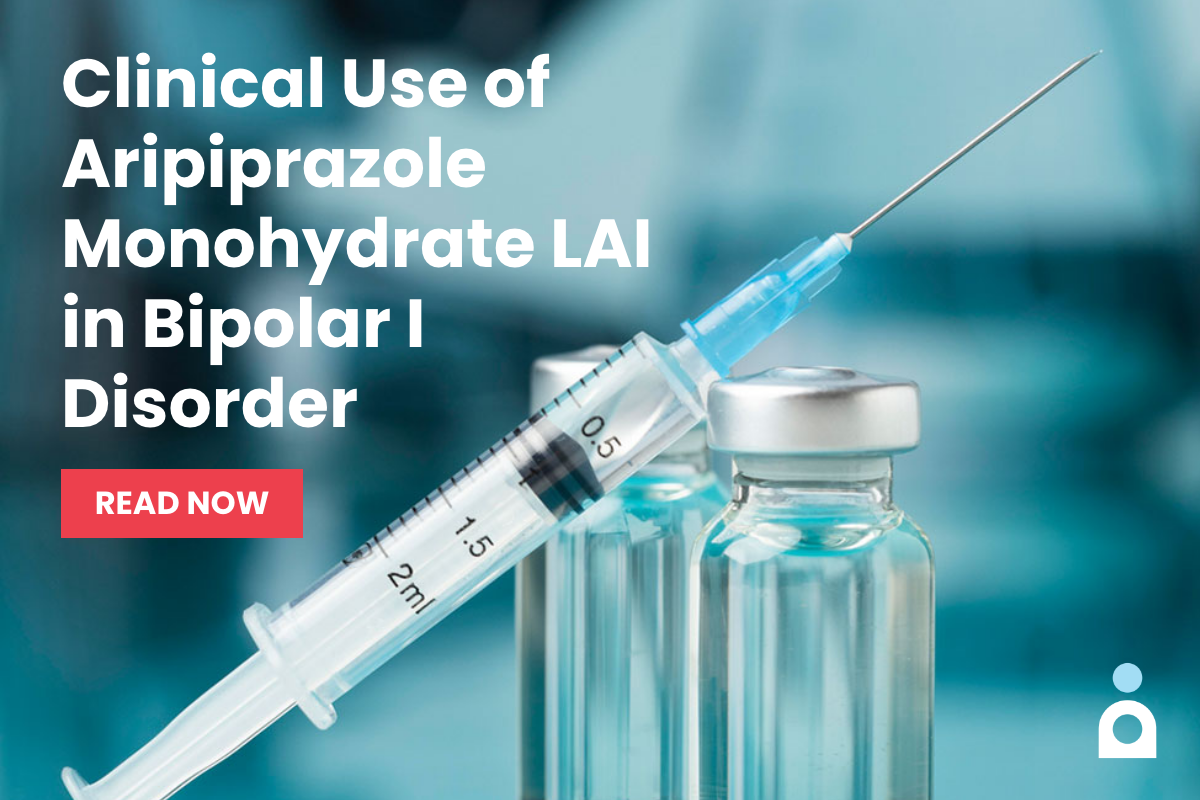A new economic appraisal – appearing in JAMA Health Forum – reinforces what many of us already knew (or at least suspected). Universal depression screenings in primary care settings is a cost-effective way of addressing adolescent mental health. Routine annual screenings could make a huge difference in mental health outcomes, at a fraction of the treatment costs.
Major depressive disorder (MDD) haunts nearly one out of every five adolescents in the United States. And yet so many of these kids live under this dark cloud without a diagnosis. And, as a result, they stumble along without life-changing treatment. Adolescents living with depression face a stacked deck of mental health challenges that include heightened risks of anxiety, eating disorders, substance abuse, and suicide
Not surprisingly, kids who identify as female, Latinx, multiracial, or as members of other marginalized racial and ethnic groups, face the highest – and most severe – risks.
Answering The Call
In 2021, amid mounting concerns over the state youth mental health, three national health groups declared a national emergency that included a call for universal adolescent depression screening. Despite this rallying cry, the response (at least in terms of research) has been muted. It’s been tough to track down evidence supporting this call to action, especially considering how much data is out there regarding adult mental health care.
To plug that gap, a multi-state team of researchers built a simulation-based cost-effectiveness model to assess the long-term health and economic outcomes of universal depression screening for adolescents over the course of a decade. This model compared usual care (where screening takes place at the primary care provider’s discretion) to two other strategies: single-time screening and annual routine screening.
The researchers found that annual universal screenings, which obviously cost more than a single-time screening, produced better outcomes. Better yet, they remained more cost-effective under the usual willingness-to-pay thresholds.
More specifically, the paper’s authors estimated that the cost of annual screenings per quality-adjusted life year (QALY) improved $57,795 compared to the historical discretionary model. That number jumped up to $66,822 compared to a one-time screening. These figures fall far below the usual thresholds that drive health policy decisions
Critically, the breakdown revealed an uneven distribution of the screening benefits. Adolescent girls from multiracial, Hispanic, or other minority backgrounds benefited the most from routine screening, especially when caregivers paired it with higher treatment engagement.
The model suggested that, on average, universal annual screening added 44 depression-free days per child over a decade – a modest gain that highlights the cumulative benefits of early detection. Care delivery failures, such as limited access to qualified mental health providers and follow-up treatment, work against these potential gains.
Encountering Pushback
Universal screening detractors warn against threats such as overdiagnosis, overtreatment, and misallocated resources.
Even so, what the researchers uncovered pushes back against this argument, showing that routine screening is feasible. In fact, families are more prone to follow through with treatment when referrals stem from systematic screening vs. ad hoc assessments.
While direct clinical trials on the effectiveness of adolescent depression screening remain challenging, simulation models like this offer a valuable policy planning alternative. The researchers stressed the need for more research – focused on treatment outcomes disaggregated by age, sex, and race or ethnicity – to better understand how to target interventions for the most vulnerable demographics.
This research also explored how integrated care models, leveraging telemedicine or collaborative care models, could make things even more cost-effective by expanding treatment access and easing the burden on caregivers.
Ultimately, the data supports universal annual screenings for adolescent depression as a critical, proactive public health strategy. This approach not only improves individual well-being but contributes to long-term reductions in healthcare utilization and societal costs.
“It is imperative that health care systems enhance their capacity to detect, diagnose, and treat major depression early to improve adolescent health and well-being,” the researchers concluded.
Further Reading
Could There Be a Biological Path to Adolescent Suicide?



